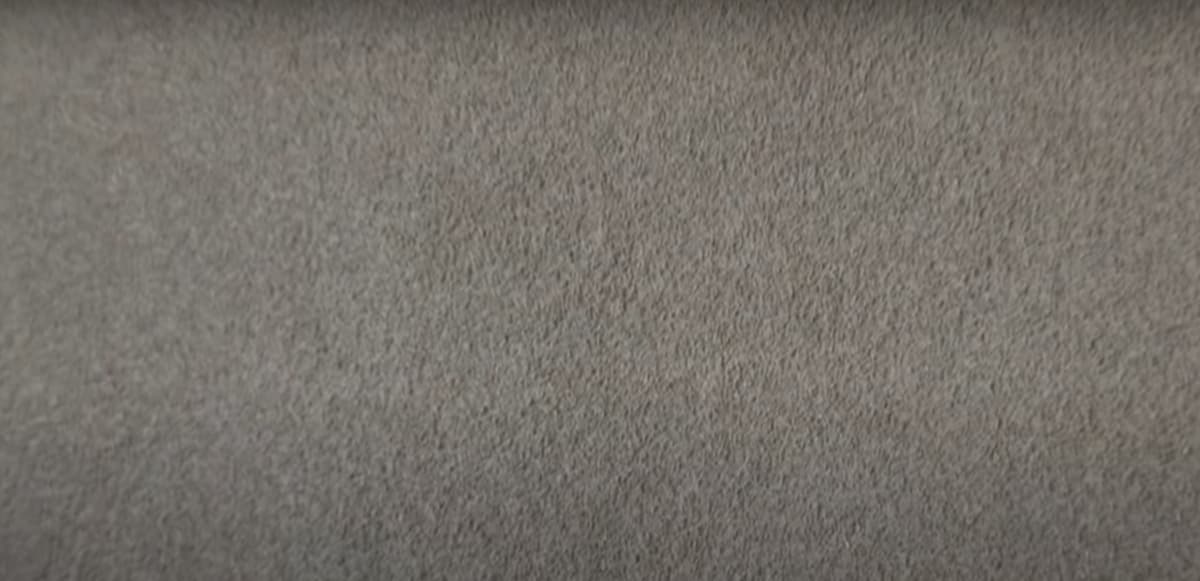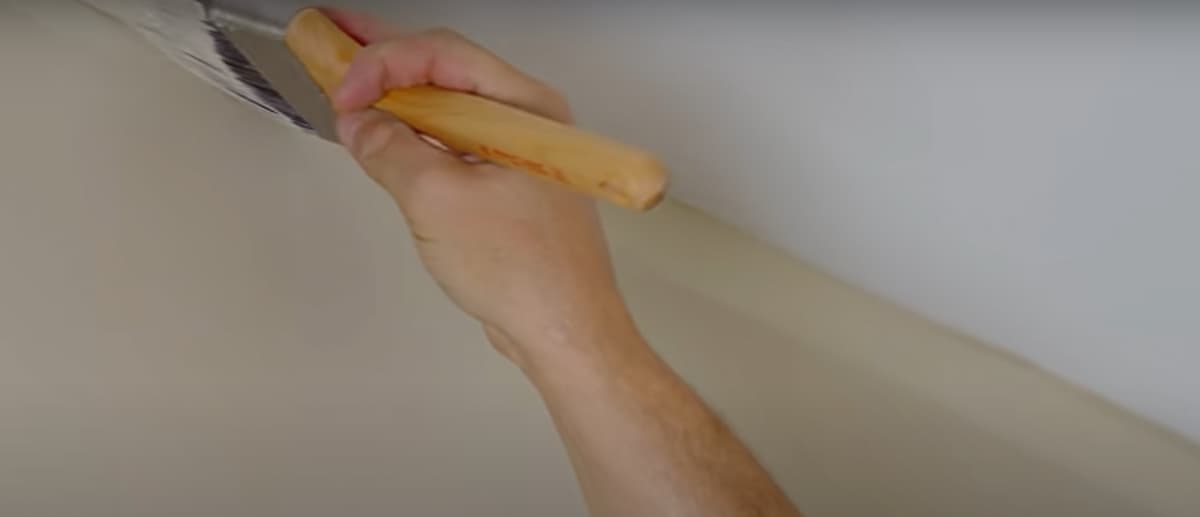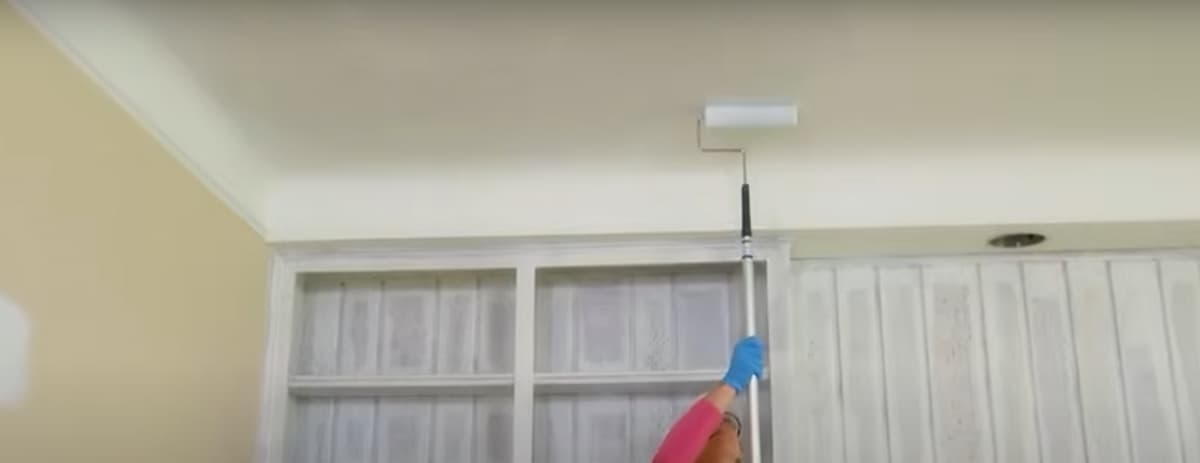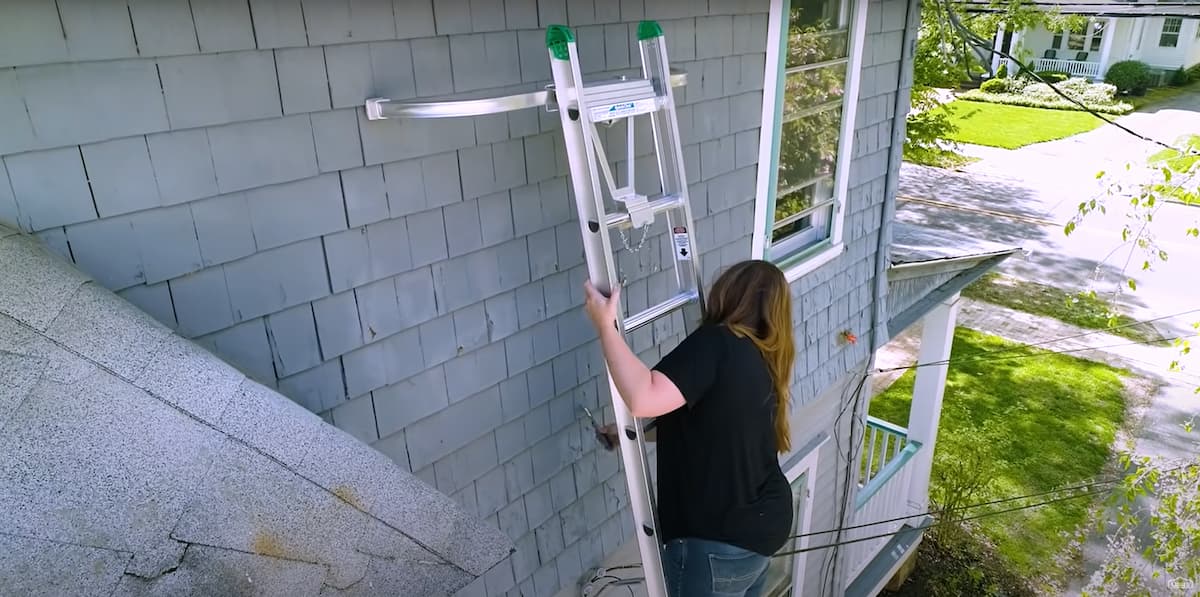
A wall render is a coating that is applied to an exterior or interior surface. It is the final layer of the plastering process. It gives the wall a smooth, hard surface. Types of render include gypsum, lime sand and cement.
Render finishes are beneficial for several reasons including their unique aesthetic qualities, the ability to adjust the reflective quality of the surface material by changing the exposure of its base coat or pigment, waterproofing properties and durability. The exposure refers to how much or how little of the base coat is left visible on the outer surface of the wall render.
Traditional Render
Traditional render consists of a base coat and a finish coat. The first coat is a thin layer of one of the aforementioned materials that are generally applied to the wall. This material could be made into a slurry before being applied to the surface. This material could be applied in thin layers with plenty of drying time in between each application. The second coat consists of a thin finishing layer. The finish itself is normally made from one of the materials used as a base coat, mixed with sand or lime or pigment for colouring purposes.
Types of Render Finish
There are two main types of render finish: coloured rendering and painted rendering.
Coloured Render
The coloured render possesses a natural plastic look that integrates well with all kinds of different bricks and stones. Coloured render adds texture and strength to the wall. It is particularly beneficial for protecting old bricks and stone against weathering, erosion and other decay factors such as acid rain.
Painted Render
The painted render looks more artificial because it clearly consists of separate components, paint over a base top–coat. Paint adds a layer of different colours, different textures, which can be more easily altered. This provides the freedom to alter the aesthetics of your building at any time by painting or repainting without having to worry about matching different materials as you would with render and brick for example.
Painted renderer finishes also help houses and buildings blend into their surroundings better because they are more apparent, whereas coloured render can easily be mistaken for brick or stone.
Painted Render vs Coloured Render
A piece of professional advice about top–coat paint as the render is that it’s much more modern in an appearance on the market today. It can be applied to a variety of different surfaces, for example, brick, concrete or stone. Likewise, it provides several alternatives in terms of colour pigment and finishes. The Colour render is limited in comparison because it is designed to merge with natural materials such as brick and stone in order to achieve the best aesthetic results.
Coloured renders have integrated mould inhibitors which ensure that mould won’t grow on your wall for at least five years. Painted renders don’t contain any mould inhibitors which means your walls may get covered with black spots within months if you live somewhere humid or near water (rivers or sea). This can be prevented by applying special paints though which cost about€180 per litre.
The painted walls render is not as durable as coloured rendering. This means that after about ten years, you have to scrape it off your wall and apply a new render. Coloured renders are much more durable because they often last for 30 or even 40 years before requiring a redecoration process.
A colour render has the ability to breathe where painted rendering doesn’t, meaning air can flow through it which reduces moisture forming against your walls over time. Painted renders can also form condensation between themselves and your brick walls which leads to bubbling up of the paint, staining and general decay over time. Read here how you can prevent this by using sand in your mixture.
Difference between Coloured Render and Painted Render
Coloured rendering is a lot more expensive than painted rendering. It can be applied to any old surface without having to scrape anything off first which means you have less work and fewer costs for preparation. In addition, it does not require as much attention during its application process because there’s no need for painting or applying many layers of render.
This existing render requires multiple coats of paint before being applied because it dries very quickly so each coat can potentially dry before the next one is added on top. It also needs to undergo a drying period after completion which leaves your house exposed for several weeks or even months depending on weather conditions and how many coats you used in total. Coloured rendering takes about a week to complete but this depends largely on the thickness of each coat.
Painted renders can be easily damaged by general wear and tear from opening and closing doors, moving furniture around etc. Coloured rendering is a lot more durable for this reason because it does not scratch as easily as painted rendering.
Cement Render
Cement render is a type of render made to look like natural stone or concrete. The process of making a cement render starts by applying a coat of cement and sand mixture to the wall, sometimes with a small amount of fibre added. This is then topped with a thin layer of lime to create a hard outer surface.
The final result for a cement render can vary depending on the exposure level, gypsum used in the mix, drying conditions and exposure to various chemicals. There are four exposure levels for a cement render: full exposure, half exposure (or half plastered), one-third exposure and no exposure (also called wet-laid).
Acrylic Render
Acrylic render is created by applying a coat of cement to the wall, sometimes mixed with fibre. The acrylic render mixture is then topped with a thin layer of lime to create a hard outer surface. Despite the name, acrylic render is not actually a type of cement. The term “acrylic” refers to the binder used in this material rather than its chemical make-up. Some binders include latex and vinyl.

Thin Coat Render
The idea of a “thin coat” render came from the early days of cement and sand plasterwork. The theory was that a thin coat would absorb less water and would not crack when it dried out, leaving a smoother finish.
A thin coat render is made by mixing sand, cement and lime together before applying the mixture to the surface. The mixture may be very wet in order for it to give a smooth finish. The exposure level could also be kept high for this type of render.
Acrylic or Cement Rendering?
There are a few distinct differences between acrylic render and cement render. To start with, a cement render is made up of just three ingredients whereas an acrylic render uses a binder as well as sand, lime and cement. In addition, the process for creating an acrylic rendering is different from that of a cement render because it often involves spraying water onto the surface so that the coat can be set.
Cement rendering has a much higher risk of cracking than acrylic renders because they dry very quickly meaning there’s less time to work with them before they begin to take shape. Acrylic renders usually take around three days to cure completely before you can walk on them but this varies depending on weather conditions and how heavy you applied the mix to your wall.
Is House Rendering Worth It?
House rendering is an effective way of protecting your walls from moisture and humidity. House renderings help to reduce the risk of cracks in the wall and can also prevent leaks caused by water ingress.
One benefit of having a house rendered is that it makes for a very smooth and durable surface to which you can paint or apply tiles if you so wished. This can be great if you’re looking to add value to your home because it gives you lots of options when it comes to finishing off surfaces such as concrete floors, wooden floorboards etc.
It’s important to bear in mind that some areas require special permissions before anyone can begin applying rendering materials. You could check with your local council beforehand if you’re planning on using cement rendering for instance.
Conclusion
In conclusion, a colour render provides a breathable coating to walls which last for decades without needing any special treatments or attention apart from being repainted every so often. The painted rendering looks nicer but the top–coat paint component damages more easily, it’s much harder to apply correctly due to drying time limits.





